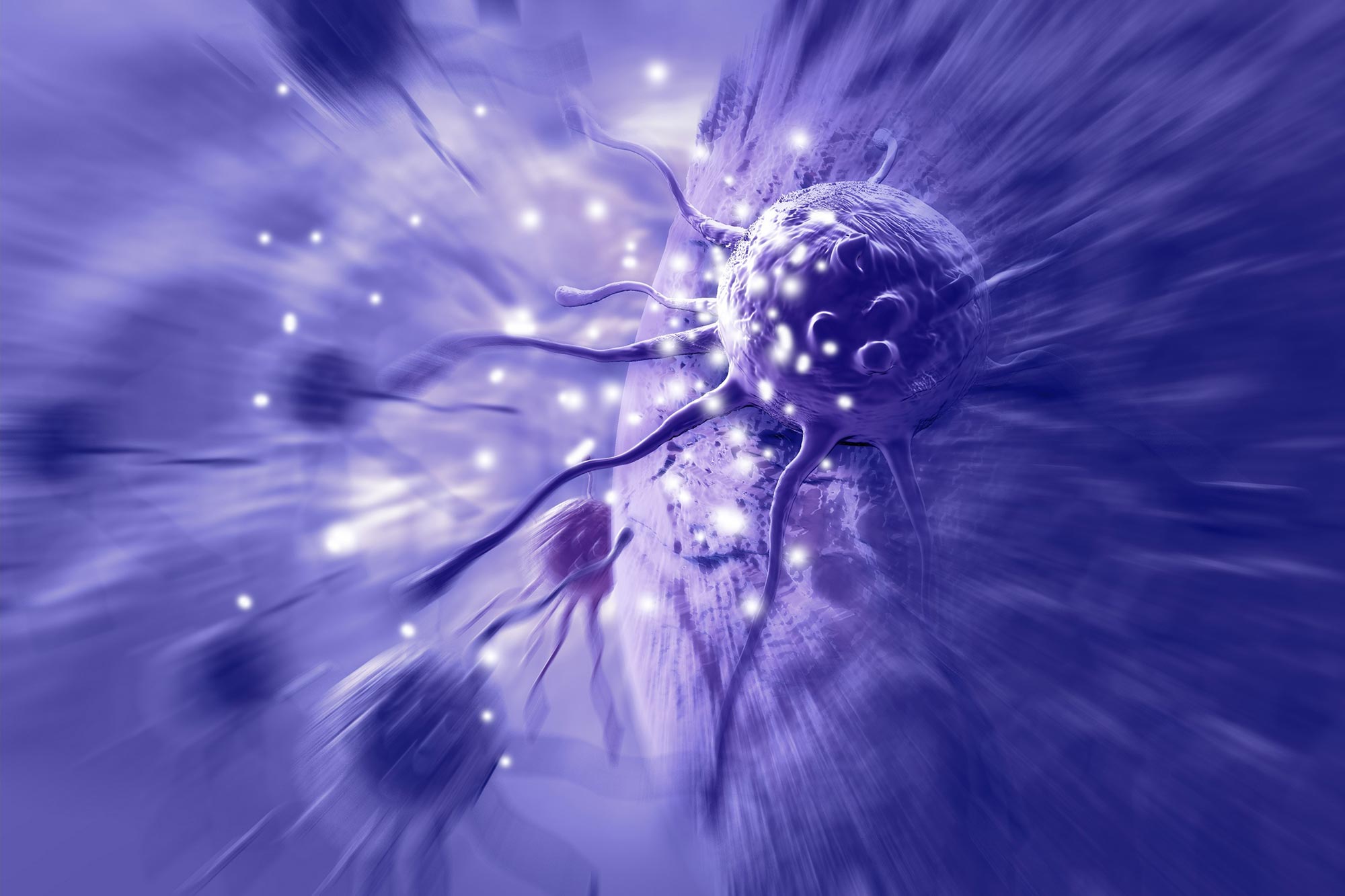A breakthrough treatment uses nutrient-based nanomedicine to reactivate dormant metabolic pathways in cancer cells, effectively stopping melanoma growth. This new method could transform cancer treatment by combining tyrosine nanomicelles with laser therapy to eradicate cancer swiftly and prevent its recurrence.
Reactivating dormant metabolic pathways in cancer cells can aid in combating cancer.
An international team of researchers has developed a novel method for treating cancer by leveraging nutrients to reactivate dormant metabolic pathways in cancer cells. The team utilized a widely available amino acid, tyrosine, delivered in nanomedicine form, to alter the metabolism of melanoma, a severe form of skin cancer, thereby inhibiting cancer growth.
Australia has the highest rate of skin cancer in the world. This new approach could be combined with current therapies to better treat melanoma. The technique also has the potential to treat other types of cancer. The study was led by Professor Wenbo Bu from Fudan University and Professor Dayong Jin from the University of Technology Sydney, and recently published in the prestigious journalNature Nanotechnology.
Development of Tyrosine Nanomicelles
Tyrosine has limited bioavailability in living organisms. However, the researchers used a new nanotechnology technique to package it into tiny particles called nanomicelles, which are attracted to cancer cell membranes, and break down easily, boosting absorption. The research team then tested the innovative treatment in mice and in human-derived melanoma cells in the lab and found that the tyrosine nanomicelles reactivated dormant metabolic pathways, triggered melanin synthesis, and inhibited tumor growth.
“Uncontrolled rapid growth is a key feature that distinguishes cancer cells from normal cells. In cancer cells, some metabolic pathways are over-activated, and others are suppressed, to create the environment necessary for rapid spread,” said Professor Jin.
“While a few metabolism-based drugs for cancer have been developed previously, such as aromatase inhibitors impeding estrogen synthesis in breast cancer and HK2 inhibitors targeting glycolysis in various cancers, these work by suppressing over-activate metabolic pathways,” he said.
“Our research shows for the first time that cancer can be stopped by reactivating metabolic pathways that are dormant. And this can be done using simple nutrients, such as amino acids, sugars, and vitamins, which are safe, readily available, and well tolerated,” said Professor Bu.
Mechanism and Treatment Enhancements
Different types of cancer will respond to different nutrients. Melanoma cells develop from melanocytes – skin cells that produce melanin. Tyrosine is needed to produce melanin and it can stimulate melanin production, hence its effectiveness with melanoma. The reactivation of melanin synthesis forces the melanoma cell to reduce glycolysis, the process of converting sugar to energy, which is believed to be the mechanism for its anti-cancer effect.
Melanoma cells are also susceptible to heat stress. The researchers found that by combining tyrosine nanomicelle treatment with near-infrared laser treatment, they were able to eradicate melanoma in mice after six days and it did not reoccur during the study period. The findings suggest a promising a new frontier in the use of nanomedicine for cancer therapy.
Reference: “Nutrient-delivery and metabolism reactivation therapy for melanoma” by Yang Chen, Chaochao Wang, Yelin Wu, Ya Wang, Yun Meng, Fan Wu, Huilin Zhang, Yuen Yee Cheng, Xingwu Jiang, Jieyun Shi, Huiyan Li, Peiran Zhao, Jinfeng Wu, Bin Zheng, Dayong Jin and Wenbo Bu, 11 June 2024, Nature Nanotechnology.
DOI: 10.1038/s41565-024-01690-6

Dr. Thomas Hughes is a UK-based scientist and science communicator who makes complex topics accessible to readers. His articles explore breakthroughs in various scientific disciplines, from space exploration to cutting-edge research.







